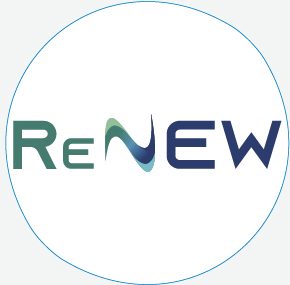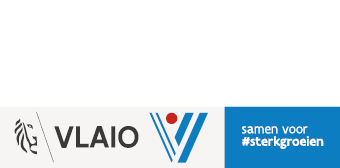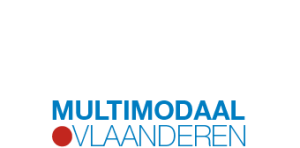The European Green Deal, the Paris Agreement and the CCNR Mannheim Ministerial Declaration represent key policy ambitions for the transition to climate-neutral waterborne transport with a vision of developing and demonstrating low-emission solutions by 2030. As climate change strongly affects the performance of inland navigation, the creation and testing of new solutions for both climate neutral and climate resilient inland navigation is a priority.
The resilience of the inland navigation system depends in part on the reliability of the infrastructure and the inland navigation fleet. In addition, due to the increasing dynamics, heterogeneity, and complexity of inland navigation systems, it is becoming increasingly difficult for the system to handle serious predictable events, and especially unexpected events.
The digitization of the transport sector is seen by the European Commission as a key enabler for smart solutions that can support the resilience and sustainability of inland navigation and deliver economic, environmental and societal benefits. Industrial data space, simulation and Digital Twins (DTs) have gained prominence in various domains in recent years (e.g. Industry 4.0, Smart Manufacturing , Intelligent Transport and Smart Cities). Simulation and DTs are used to predict outcomes and assess what-if scenarios. This leads to better real-time optimization of processes and operations. Thus, DTs can be a decision support system for industry to achieve resilience and system decarbonization based on cross-domain modeling standards and innovative architectures.
It’s crucial to establish a robust infrastructure that can seamlessly adapt to unforeseen circumstances and connect inland navigation with other modes of transportation. This will ensure that the suggested solutions from simulations and data analysis can be effectively put into action.





